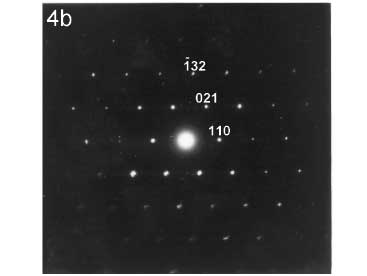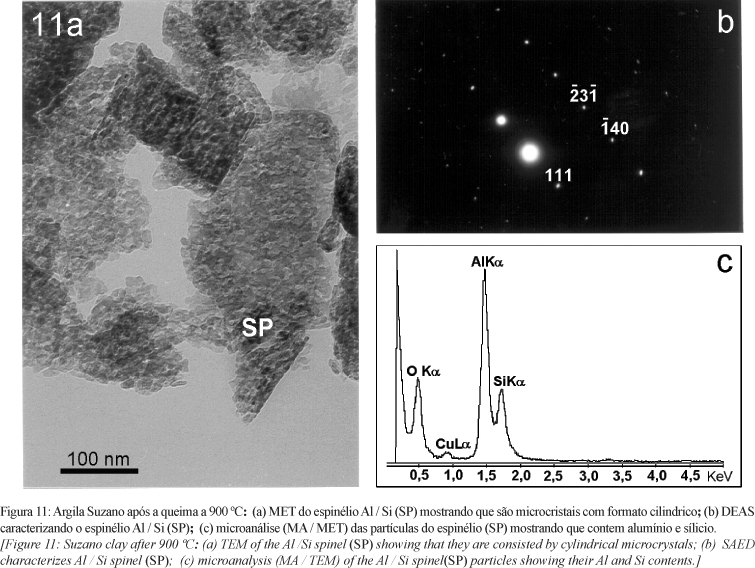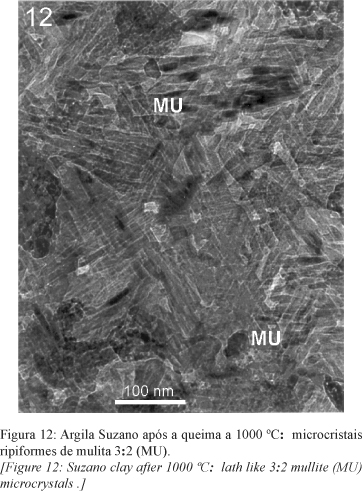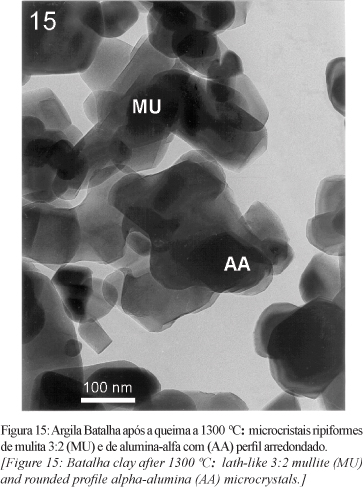Two high alumina gibbsitic / kaolinite clays, extensively used in Brazil for refractory products, were studied to characterize the phase sequences formed during thermal transformation employing electron optical methods. The clays as powders were fired on platinum foils between 200 ºC and 1500 ºC and program cooled. After heating at 300 ºC, it is possible to distinguish in the TEM, between gibbsite and kaolinite crystals of the same hexagonal size and shape. The phase changes of gibbsite and the low-defect kaolinite crystals follow independent series up to 1100 ºC / 1200 ºC. Morphologically it is easy to distinguish at 400 ºC - 800 ºC interval -chi and kappa-alumina pseudomorphs from kaolinite crystals and metakaolin pseudomorphs at 900 ºC. Mullite content increases in both clays from 900 ºC to 1550 ºC, while alpha-alumina increases up to 1300 ºC and decreases to 1550 ºC, indicating interactions between the several phases, in special between silica and alpha-alumina.
high alumina clay; mullite; alpha-alumina; cristobalite; electron microscopy


























